5 plants you shouldn't prune in January, according to gardening experts
Before you get to work with your secateurs this New Year, the experts have shared some of the plants you should avoid snipping
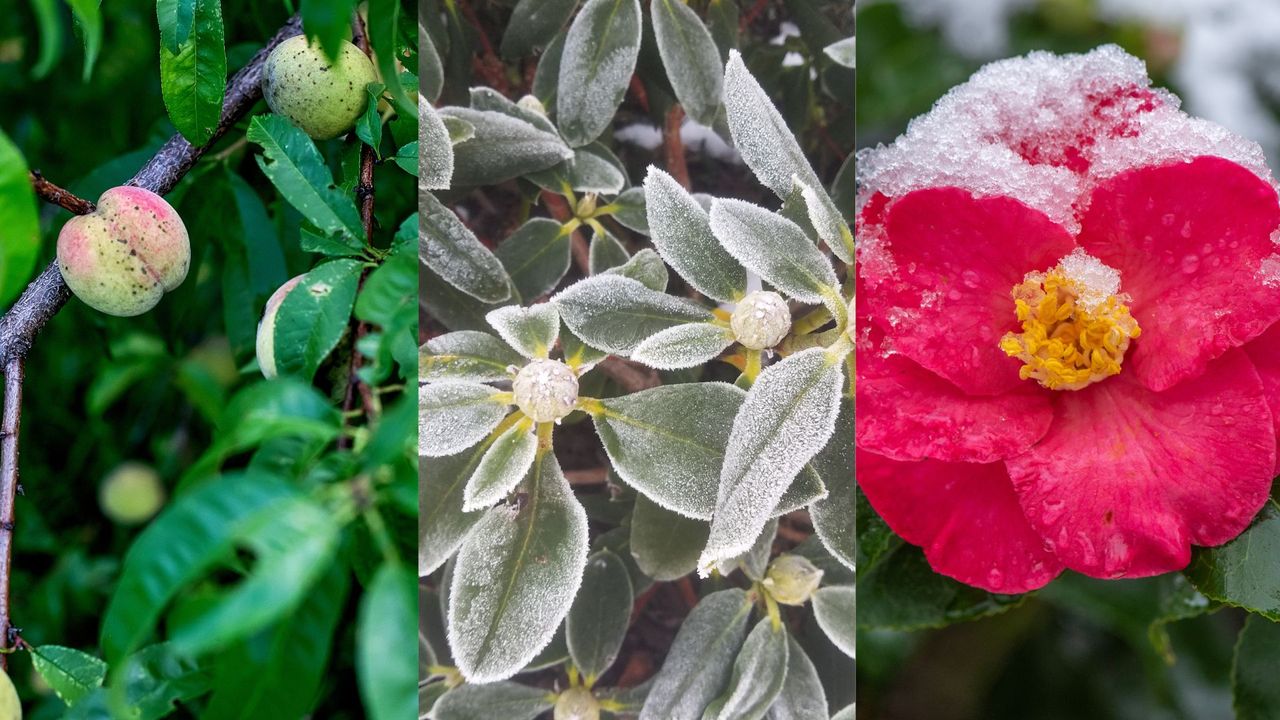

Whilst you may be chomping at the bit to get started tidying up and prepping your plants this New Year, the gardening experts are here to tell you to be careful with your shears before you prune something you shouldn't.
Not all plants should be pruned in January. In the same way that several plants should never be deadheaded, many species shouldn't be pruned in autumn and winter. Premature pruning can cause your garden and the plants growing in it a lot of damage in the long term, especially when it's done during colder seasons.
So, before you start sorting your garden out this month, we've consulted with experts on which plants you need to avoid pruning to achieve a well-earned stunning spring display.
5 plants you should never prune in January
It's no secret that pruning is one of the best ways to help your garden bloom throughout the seasons and can be the key to impressive growth. However, each plant will be on a different schedule so they'll benefit from pruning at different times of the year and with varying regularity.
To get you started this year on the right path, we chatted with some gardening experts to find out the plants you should avoid chopping to guarantee their health and growth.
1. Spring flowering shrubs
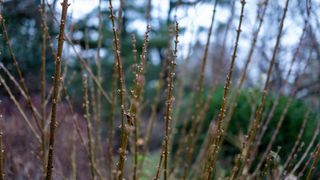
Spring is perhaps one of the most rewarding times to be a gardener, especially when you've perfectly timed when to plant your spring bulbs. Along with tulips and daffodils finally making an appearance, spring flowering shrubs will come to life too. That is if you don't prune them too early.
Graham Smith MCIHort, a gardening expert from LBS Horticulture says, "Spring flowering shrubs should only be pruned after they have finished flowering, not in winter. If they are pruned in January you may potentially be cutting off buds that would flower in spring."
Sign up for the woman&home newsletter
Sign up to our free daily email for the latest royal and entertainment news, interesting opinion, expert advice on styling and beauty trends, and no-nonsense guides to the health and wellness questions you want answered.
These types of shrubs consist of forsythia, rhododendrons, camellia and other colourful species.

Graham has extensive knowledge in the horticultural and gardening industries, and prides himself on using this to help gardeners of all skills create their perfect outdoor space.
2. Some deciduous trees
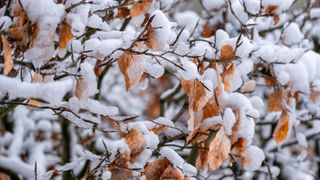
Whether you inherited some impressive trees when buying your home or have chosen to plant them as one of the best plants for privacy, some species will need to be left alone for the time being.
"Certain types of deciduous trees are known as 'bleeder' trees as they will 'bleed' a large amount of sap after pruning. These trees should not be pruned in January, as the bleeding sap will weaken the tree and attract insects that may be carrying diseases or fungal spores," explains Graham.
He explains that the trees in this group include maples, birch, elm and walnut.
3. Stone fruits
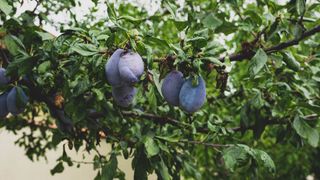
Surprisingly some fruit tree species belong on the list of plants to prune in January, apples and pears being just two of them. However, when it comes to stone fruit specifically it's a bit of a different story.
Graham explains this difference, saying, "Although many fruit trees can be pruned in winter, you should not prune stone fruit trees. Stone fruit trees should be pruned in the summertime, as this will reduce the risk of diseases such as silver leaf."
According to Graham, silver leaf is a potentially deadly fungal disease that can enter the tree through pruning wounds, and the spores are often more common in winter.
4. Woody herbs

If you mastered how to care for a lavender plant outdoors last summer then you'll probably be wondering when it needs to be tended to during winter. Lavender, along with other woody herbs, is a plant that will be at a major disadvantage should you prune it this month.
James Ewens, wildlife and garden expert at Green Feathers says, "Herbs with thick, woody stems, such as lavender, sage, and rosemary, also shouldn’t be pruned, with any cuts that are made being very susceptible to cold temperatures."
These herbs should only be pruned before they show new growth in the early spring, or even during the late summer period. James says pruning these plants after they've flowered will set them up well for the next growing season. Knowing how to overwinter your lavender will ensure your garden looks and smells just as good come summer.
5. Evergreen shrubs
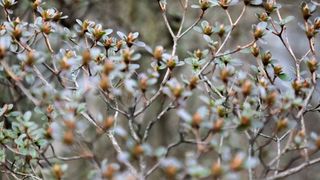
Filling your garden with some of the most alluring plants like evergreen shrubs will ensure your outdoor space always looks full. Even in winter many evergreen shrubs will hold their shape and keep their vibrant green colour. For this reason, you mustn't prune them too early.
James says, "Evergreen shrubs don’t store any energy in their roots and therefore need to continually produce food throughout the year. By pruning evergreen shrubs in winter, they won’t have any energy stored to fuel regrowth, and the newly exposed branch ends up being susceptible to damage from frost. Instead, prune these plants mid-spring before the new growth season begins."
Shop winter gardening tool essentials
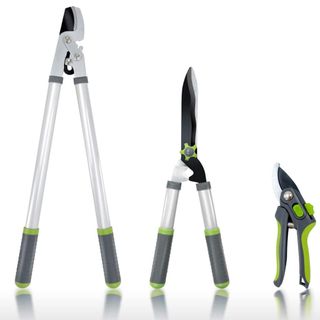
RRP £33.10 | Get set to tackle all your pruning jobs all year round with this comprehensive set of three shearing tools, including 28" Tree Loppers Heavy Duty, 23" Professional Hedge Clippers, and 8" Sharp Pruning Shears.

RRP: £22.48 | The head on this model is designed with 20 tines that have been oil-treated for extra strength, meaning it excels when removing grass clippings, dead grass, moss or leaves.
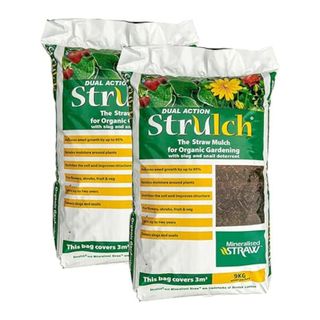
RRP: £27.50 | Using a particularly dry mulch like this one from Amazon with straw is a superb choice for winter plant protection. It can be used all over your garden for weed killing, edging and lining your container plants.
FAQS
Can you cut back plants in January?
Although there are several plants you shouldn't be pruning this month there are some that will benefit from a healthy snip.
Graham explains, "Some plants can be cut back in January, such as ornamental vines, grapevines, autumn-fruiting raspberries and roses. Cutting back certain plants in January will help to ensure fruit trees are productive and that shrubs will not outgrow their space when they are no longer dormant."
Not only does it help with their growth, Graham also points out that due to the colder conditions, most leaves will have fallen off making it easier to see your plant's framework when pruning. He adds, " During January, a lot of plants are also dormant, so it is the ideal time to cut back plants that are becoming unproductive or to control the spread of disease."
When you're outside this winter it's important to check on your plants that need protecting from the frost. Although it's recommended you start this process in the late autumn, some of your fleeces or cloches may need tending to or replacing so it's a good idea to regularly look in on them.

Emily joined woman&home as a staff writer after finishing her MA in Magazine Journalism from City University in 2023. After writing various health and news content, she now specialises in lifestyle, covering unique cleaning hacks, gardening how-tos, and everything to help your houseplants thrive.
-
 Sara Davies' hairstylist revealed her trick for keeping curls in place during long days of filming
Sara Davies' hairstylist revealed her trick for keeping curls in place during long days of filmingWe discovered the long-lasting secret to the Dragons Den star's enviable curls...
By Sennen Prickett Published
-
 8 creative ways to decorate walls without paint: interior designer's budget-friendly tips to refresh rooms this spring
8 creative ways to decorate walls without paint: interior designer's budget-friendly tips to refresh rooms this springThese insider styling tricks will give your walls a new lease of life, at minimal effort and cost
By Katie Sims Published
-
 8 creative ways to decorate walls without paint: interior designer's budget-friendly tips to refresh rooms this spring
8 creative ways to decorate walls without paint: interior designer's budget-friendly tips to refresh rooms this springThese insider styling tricks will give your walls a new lease of life, at minimal effort and cost
By Katie Sims Published
-
 How to recycle household waste in the garden: 7 sustainable tips to keep your plants thriving for free
How to recycle household waste in the garden: 7 sustainable tips to keep your plants thriving for freeFilling your recycling bin feels great, but did you know there are ways you can use your waste to benefit your garden and plants instead?
By Emily Smith Published
-
 5 things you should remove from your bedroom to create space and serenity, say professional organisers
5 things you should remove from your bedroom to create space and serenity, say professional organisersHome organisers reveal which items you should remove from your bedroom now, for a calmer, more relaxing space
By Katie Sims Published
-
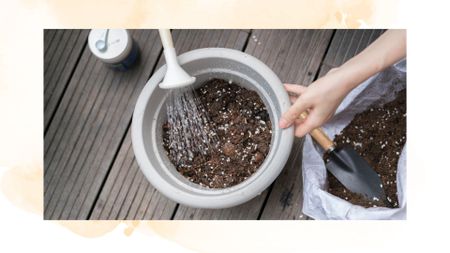 Try this teabag drainage trick on your potted plants to improve water retention and more
Try this teabag drainage trick on your potted plants to improve water retention and moreTired of watching your compost wash away each time you water your plants? This sustainable solution will cut waste and keep your plants happy all at the same time
By Emily Smith Published
-
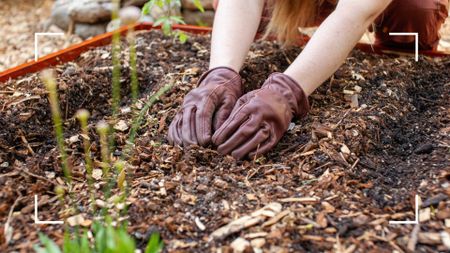 What is mulching and why is it important for gardens at this time of year? Experts reveal all
What is mulching and why is it important for gardens at this time of year? Experts reveal allMulching is the secret to healthier plants, better soil and weed prevention - but what exactly does it consist of?
By Emily Smith Published
-
 Stop using soapy water on garden pests and try this safe garlic plant spray instead - it's expert-approved
Stop using soapy water on garden pests and try this safe garlic plant spray instead - it's expert-approvedLeave the soapy water for the dishes - this garlic solution spray is the only thing you should be using on plant pests according to this garden expert
By Emily Smith Published
-
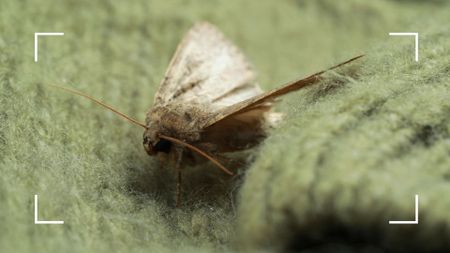 How to get rid of moths in the house: step-by-step guide from pest control experts
How to get rid of moths in the house: step-by-step guide from pest control expertsTired of finding holes in your favourite jumpers? Follow these simple steps to get rid of moths in your house quickly and efficiently
By Emily Smith Published
-
 'Seed spirals' are the savvy way to sow seeds when you're tight on space
'Seed spirals' are the savvy way to sow seeds when you're tight on spaceSowing seeds can become a big job that takes up a lot of space - this sustainable solution minimises the impact
By Emily Smith Published